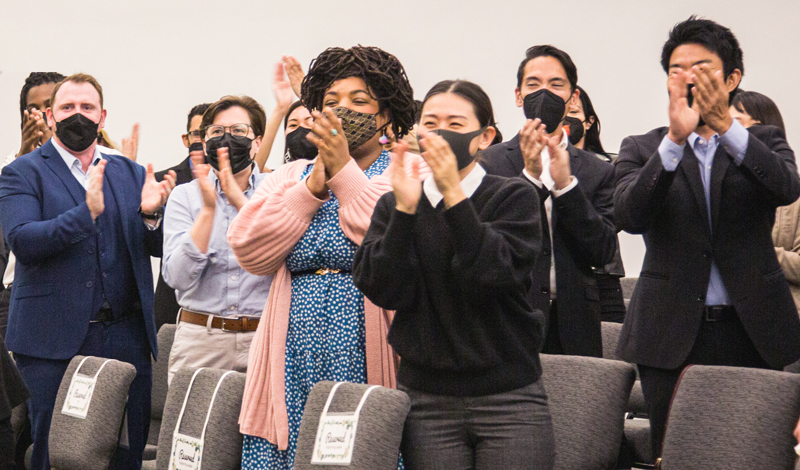The following essay by Ikeda Sensei was originally published in the July 8, 2015, issue of the Soka Gakkai’s daily newspaper, Seikyo Shimbun, and in the Sept. 11, 2015, World Tribune, pp. 2–3.
The great Renaissance artist Leonardo da Vinci (1452–1519) declared: “It is by testing that we discern fine gold.”[1]
Pure gold can be produced only through a process of testing and refining. Adversity is always the touchstone that separates the genuine from the false.
On July 6, [2015], I visited the Tokyo Fuji Art Museum in Hachioji, Tokyo, and viewed the “Leonardo da Vinci and The Battle of Anghiari—The Mystery of Tavola Doria” exhibition.
“The Tavola Doria” is a sketch of the central portion of “The Battle of Anghiari,” an unfinished fresco by Leonardo da Vinci that is one of the lost treasures of Italian art. The painting depicts soldiers mounted on horses engaged in a fierce battle. I sensed in this work the intense spiritual struggle of trying to create something new.
July 6, [2015], marked the 72nd anniversary of the day when Tsunesaburo Makiguchi and Josei Toda, the Soka Gakkai’s first and second presidents who upheld the life-affirming teachings of Nichiren Buddhism, were arrested by the Japanese militarist authorities.
In memory of these two great leaders who selflessly dedicated their lives to propagating the Law, I did gongyo and chanted Nam-myoho-renge-kyo in the Tsunesaburo Makiguchi Room of the Tokyo Makiguchi Memorial Hall in Hachioji, offering prayers of profound gratitude.
In this month of July, imbued with the mentor-disciple spirit to “face the storm with joy and pride,”[2] members of the young men’s, young women’s and student divisions are demonstrating remarkable development and growth.
My wife and I chanted wholeheartedly for the resounding victory of the activities of all our beloved youth division members.
Surmount each obstacle
and hardship,
one after another,
and build an invincible life,
shining like pure gold.
Young people throughout Japan and around the world have been sending in joyous reports sharing their experiences of doing human revolution and talking to others about Buddhism.
The youth division members of SGI-Brazil are also making wonderful progress. Why are they having such success in spreading the Daishonin’s teachings? A youth division leader there explains with a smile that it is because their joy is infectious.
The members in Brazil love sharing Buddhism with others and helping their friends become happy. That joy passes from member to member, from friend to friend, resulting in new members joining one after another. Their efforts brilliantly exemplify the Daishonin’s assertion that hearing someone rejoice can cause another to rejoice in turn (see “‘Expedient Means’ and ‘Life Span’ Chapters,” The Writings of Nichiren Daishonin, vol. 1, p. 68).
During his incarceration, realizing that he was a Bodhisattva of the Earth and awakening to his mission from time without beginning, Mr. Toda wept tears of joy and vowed to dedicate his life to kosen-rufu. The tremendous joy that he experienced at that time was transmitted to one person, then another, and on to hundreds of others in a chain reaction that led to the global expansion of Nichiren Buddhism we observe today.
When we go back to the source, to the single drop that marked the start of today’s mighty river of kosen-rufu now encompassing 192 countries and territories, it was none other than the great joy experienced by one individual. Everything began from there.
The “Benefits of Responding with Joy,” the 18th chapter of the Lotus Sutra, teaches the “benefit of the fiftieth hearer” in a chain of propagation (see The Lotus Sutra and Its Opening and Closing Sutras, pp. 286–91). An individual hears the teaching of the Lotus Sutra and rejoices. That person then shares their experience with another, who in turn shares this joy with yet another. This passage from the Lotus Sutra assures us that even the 50th person in that chain will receive great benefit.
Simply telling another person about the greatness of faith is an admirable way to share Buddhism with others. That is because by doing so, we are making a cause in our own life as well as in the life of the other person to savor tremendous good fortune and benefit. Therefore, we should never feel disheartened or impatient if our efforts at Buddhist dialogue don’t seem to produce immediate results.
Just have the Daishonin’s spirit of feeling ever greater joy (see “The Opening of the Eyes,” WND-1, 243), and confidently and cheerfully continue to carry out dialogue with one friend after another. Such unflagging efforts will lead to the unfolding of a new drama of the “benefit of the fiftieth hearer.”
To be continued in an upcoming issue.
You are reading {{ meterCount }} of {{ meterMax }} free premium articles

